How much time does it really take to set up a dressage arena?
Setting up a dressage arena seems simple, but it can actually take more time than you think. You might wonder: “How long will it really take?” The answer depends on many factors, but don’t worry, I will guide you step by step. In the end, you’ll learn how to organize yourself best and save precious minutes!
Prepare everything beforehand: the secret to speeding up.
Before starting the setup, the most important thing is preparation. If you gather all the necessary pieces beforehand, you save a lot of time. Imagine having to look for every barrier, pole, or sign while you’re already on the field: a disaster!
I recommend doing a complete check of the materials the day before. Make sure nothing is missing, and that the pieces are intact and clean. That way, on setup day, you can start assembling right away without problems.
Also, if you have help, assign each person a specific task. One takes care of the fences, another the signs. Working as a team is the key to finishing faster and without stress.
Setup: average times and variables to consider
The time needed to set up a dressage arena also depends on the type of materials you use. If you choose traditional wooden barriers, the setup can take several hours because they are heavy and require more care.
If instead you opt for lightweight PVC boundaries, the time is greatly reduced. On average, two people can set up a complete arena in about 1-2 hours if they are prepared and have everything ready.
Another important factor is experience. If you have never set up a dressage arena before, you will probably need more time. But don’t worry: with experience, you will become faster and more confident.
Also remember that setting up is not just about putting pieces together. You need to place the signs in the right spots and check that everything is stable and safe for horses and riders. It’s not just about speed, but also quality.
How to reduce time: practical tips
Want some tricks to save precious minutes? Here are my practical tips to set up a dressage arena faster and without stress:
- Choose modular and lightweight materials, like PVC, that are easy to assemble without complicated tools.
- Use a plan or diagram of the arena to know exactly where to place each piece.
- Prepare the work areas so you don’t have to move the same material multiple times.
- If possible, choose fences with quick locks or interlocks that make assembly and disassembly easier.
- Organize a close-knit team and distribute tasks well, so everyone knows what to do without wasting time.
Even a good music playlist helps keep energy high and makes the activity more enjoyable!
Setting up and taking down: also think about the final phase.v
When organizing the setup, don’t forget to consider the time needed for takedown as well. Having structures that are easy to disassemble can save you a lot of work at the end of the day.
Heavy or bulky barriers can become a problem, especially if you have to move them multiple times for different events. PVC is often the best choice for temporary events because it is lightweight and can be taken down in minutes.
Plan your work so you always leave some time to disassemble calmly. This way, you avoid stress and the risk of damaging the materials.
Small team? Here’s what to set up with 2 people.
When you have only two people available to set up a dressage arena or mark an area for temporary events, it may seem challenging. But don’t worry! With a bit of organization and the right choice of materials, two people are more than enough. In this section, I’ll tell you what to choose and how to move to make the work easy, fast, and stress-free.
Focus on lightweight and modular materials.
The first trick for working in two is to use lightweight materials. PVC barriers, for example, are great for when you have few hands available. They are easy to lift, carry, and position, even without heavy or complicated tools.
The great thing about PVC is that it often has a quick-lock system, so you can connect and disconnect the fences without hassle. For two people, this makes a huge difference because it lets you set everything up in half the time.
Also, always choose modular structures, made up of smaller, easy-to-handle pieces. That way, if one person needs help, the other can already prepare the next step of the setup. I assure you, working like this becomes fun too!
Organize the work to maximize efficiency.
With a small team, organization is essential. Before starting, decide who does what. For example, while one person sets up the barriers, the other arranges the signs or checks the arena measurements.
A good work plan saves time and reduces confusion. Preparing everything beforehand, with pieces organized in sequence, prevents wasting time searching for materials or moving around too much.
Also, don’t forget to use simple and practical tools like a tape measure or level to ensure everything is perfectly aligned. Working precisely from the start avoids problems and long adjustments later.
Remember that with two people, communication is key: talk often and make sure you’re synchronized. This way, every step will be smoother and the work will finish faster.
Make smart choices for takedown.
Setting up is only half the job: taking down can also be a challenge for two people. That’s why I recommend choosing materials that are easy and quick to disassemble.
PVC barriers, for example, break down easily into lightweight pieces that can be carried without effort. Avoid heavy structures like wood or metal to save valuable time and energy.
When planning the setup, already think about how you will take everything down. Arrange the pieces in order to make loading onto the vehicle or storage easier. This simple tip can save you hours at the end of the event.
If you plan to set up often, consider buying systems with quick locks or snap closures, as they drastically reduce setup and takedown times, making the work lighter and faster.
A practical example: what to set up with two people for an event
Imagine you need to mark off a field for a temporary competition. With two people, it’s best to use modular PVC barriers that are easy to stack and have quick locking systems.
You can divide tasks like this: one person sets up the barriers around the perimeter, the other arranges the signs with the dressage letters or required markers. Working section by section, steadily and methodically, you’ll finish easily and in less than an hour.
If you add a few poles with lightweight flags, setting up and taking down will be a breeze. Also, avoid using materials that are too heavy or bulky, which would require more hands or special tools.
With this approach, even a small team can achieve a professional, neat, and safe result, ready to welcome riders and spectators.
Why a small team can be an advantage
You might think working with two is a disadvantage, but it actually has many positives. With few collaborators, communication is simpler, and you can move more agilely.
You don’t need to wait for everyone to be ready or coordinate with large groups: with two, you understand each other instantly! This lets you be more flexible with schedules and adapt quickly to any unexpected situations.
Also, a small team saves you on personnel costs, an important factor not to overlook, especially for events or venues with limited budgets.
Finally, if you work well and stay organized, you can dedicate more time to other important aspects of the event, like welcoming guests or communicating with participants.
PVC: stopwatch in hand versus traditional structures
When it comes to setting up and taking down structures for competitions or events, time is money. You can’t afford long waits or unnecessary effort. Today, I want to show you, stopwatch in hand, how PVC barriers compare to traditional structures like wood or metal. You’ll be surprised at how much difference PVC can make, especially if you need to set up and take down often and quickly.
Setup time: PVC flies.
Imagine needing to set up a dressage arena or mark an area quickly. Traditional structures, like wood or metal, are often heavy, bulky, and require tools and more people for installation.
In contrast, PVC barriers are lightweight, easy to handle, and assemble with interlocking or quick-lock systems. This means you and your team can position them quickly without effort and without complicated tools.
In a practical test, setting up a dressage arena with PVC barriers can take half the time compared to traditional structures. Want to save precious hours? Go with PVC!
Takedown and transport: less stress, more speed
Not only is setup faster with PVC, but takedown is too. PVC barriers easily disassemble into lightweight, stackable pieces, ideal for transport.
Traditional structures often take more time to dismantle and handle because they are heavy and bulky. This means more effort and longer work hours for you and your team.
With PVC, instead, you can quickly load everything onto the van or into storage without risking damage. This lets you close the event efficiently and calmly, without rushing at the last minute.
Safety and maintenance: a plus not to be underestimated
PVC is not only quick to set up, but also very safe and easy to maintain. Traditional wooden structures can splinter or rot, while metal ones can rust or have sharp edges.
PVC barriers, on the other hand, are weather-resistant, require no painting or special treatments, and have smooth, safe surfaces for horses and riders.
This means fewer problems during use and less time and money spent on maintenance. A great advantage if you organize temporary events and always want to present a perfect arena.
Why PVC really pays off?
Put together all these factors: fast setup, easy takedown, safety, and low maintenance. The result is clear: PVC is a smart choice for those who need to set up temporary areas quickly and without complications.
Plus, PVC often has a competitive cost, especially when you consider the time and effort saved. You can dedicate more energy to better organizing your event or managing other important details.
If you’re used to traditional structures, I recommend trying PVC at least once. You’ll be amazed at how much efficiency and peace of mind you can gain!
Practical tricks to speed up setup and takedown
Setting up and taking down the boundaries of a dressage arena or an equestrian event may seem challenging. But with some smart tricks, you can turn this effort into a quick and almost fun task! Here, I’ll share the best tips to save time and effort, so you can enjoy the event stress-free.
Organize everything before starting.
The key to speeding up is one thing: preparation. Before starting work, make sure all materials and tools are ready and within reach.
It may seem obvious, but often wasting time searching for parts or tools slows down the work a lot.
Arrange barriers, poles, and connectors neatly and in sequence, so they’re easy to grab and assemble one after another.
If you’re working with a team, assign each person a clear task, avoiding overlaps or confusion. When everyone knows what to do, the work flows smoothly and quickly.
Use PVC barriers with interlocking systems.
Choose materials that assemble easily and quickly, like PVC barriers with interlocking systems.
You won’t need screws, bolts, or complicated tools: just hook and snap into place.
This type of barrier saves you a lot of time and reduces the risk of errors during assembly.
Plus, they are lightweight and easy to move, so even just two people can handle them without effort.
If you want an extra tip, try choosing models with stable but easy-to-assemble and disassemble bases: this way you’ll avoid accidents and time loss.
Use the corners to gain speed.
The corners of the arena are often the trickiest parts to assemble and align. Here’s a practical tip: prepare the corners in advance with pre-assembled connectors.
If possible, use prefabricated corners or PVC corner blocks that quickly snap onto the barriers.
This way, you avoid wasting time adjusting each single piece.
With ready-made corners, you can set up and take down in a flash, without having to dismantle everything just to fix one side.
Label and group the components.
Another very simple trick is to label each piece or group of pieces with stickers or colored tape.
When taking down, place the pieces in their groups and put them in boxes or crates with clear labels.
That way, next time you’ll immediately know where to find each component and how to reassemble it without mistakes or wasted time.
Organizing storage spaces well helps a lot for the next setup and keeps everything neat and ready to use.
Work as a team with method and communication.
Even if you have only two people, good communication can work wonders.
Speak clearly, divide the assembly areas, and establish a precise order.
For example, while one assembles the long sides, the other can prepare the corners or check stability.
If you’re more than two, assign specific roles: someone handles the poles, another the barriers, and another focuses on the corners.
Working together in a coordinated way is the best way to speed up without stress.
Keep workspaces clean and organized.
It may seem like a small detail, but working in a tidy area saves you time and effort.
Clean spaces allow you to move freely and avoid accidents or falls.
Immediately pick up fallen pieces or misplaced tools and keep the material boxes close to the assembly area.
An organized environment also helps maintain focus and avoid losing patience during work.
Use the right accessories for transport.
When taking down, having carts or supports to easily transport barriers and poles can save you a lot of time.
Instead of making multiple trips on foot, you can move many pieces together safely and quickly.
Invest in lightweight and easy-to-handle supports, suitable for moving PVC or plastic materials.
This way, you will save energy and be able to wrap up the event faster, without stress for you and your team.
To recap: speed, order, and method.
Always remember that setting up and taking down quickly doesn’t mean rushing without rules.
Prepare carefully, organize the spaces, and choose easy-to-handle materials like PVC with interlocking systems.
Communicate well with your team and use suitable tools and accessories to facilitate transport.
This way, every event will become a simpler and more enjoyable experience, with less effort and more time to enjoy your equestrian passion.
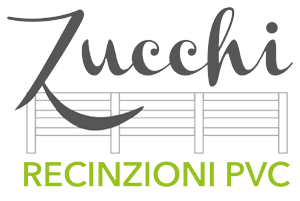
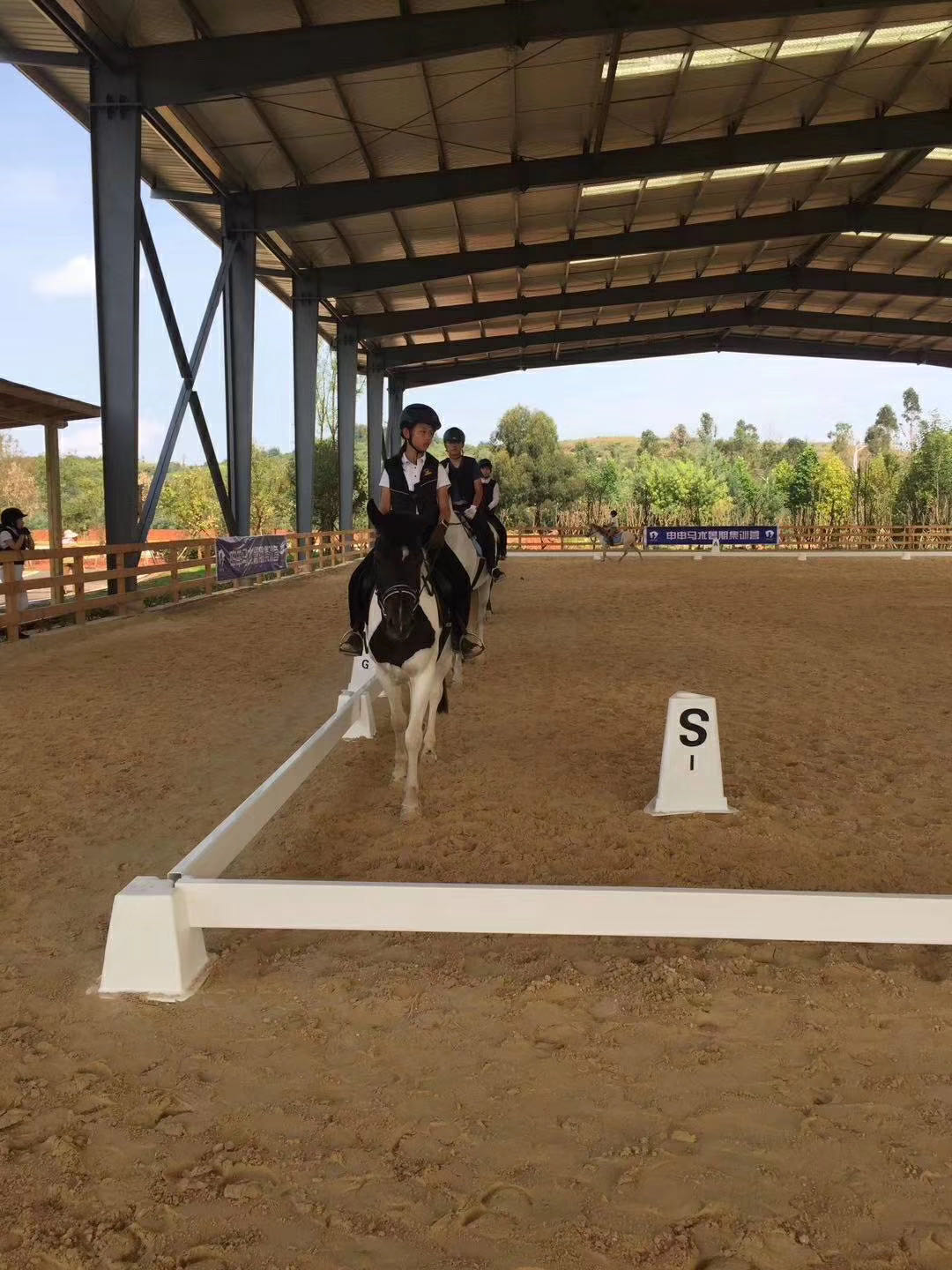
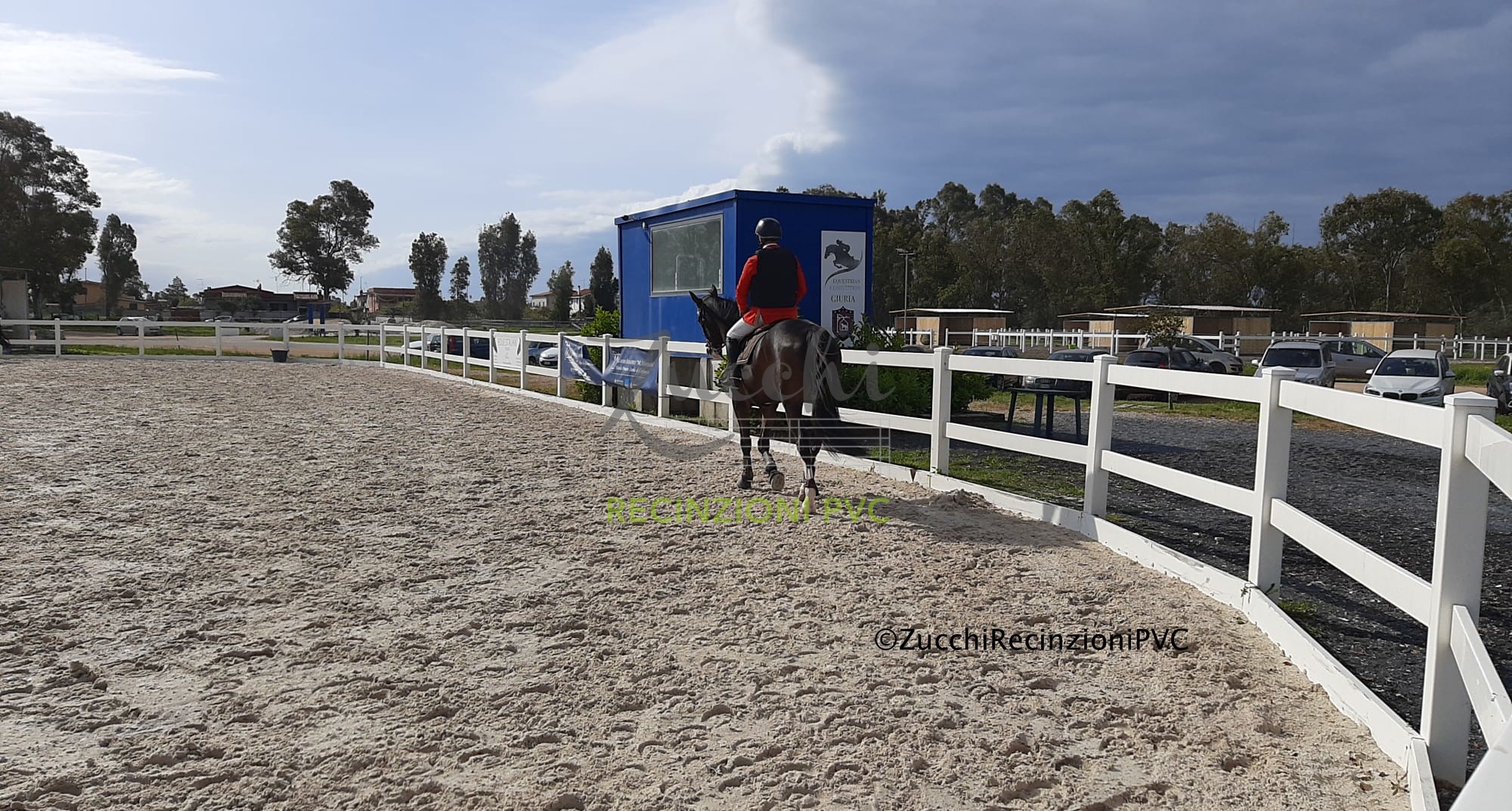
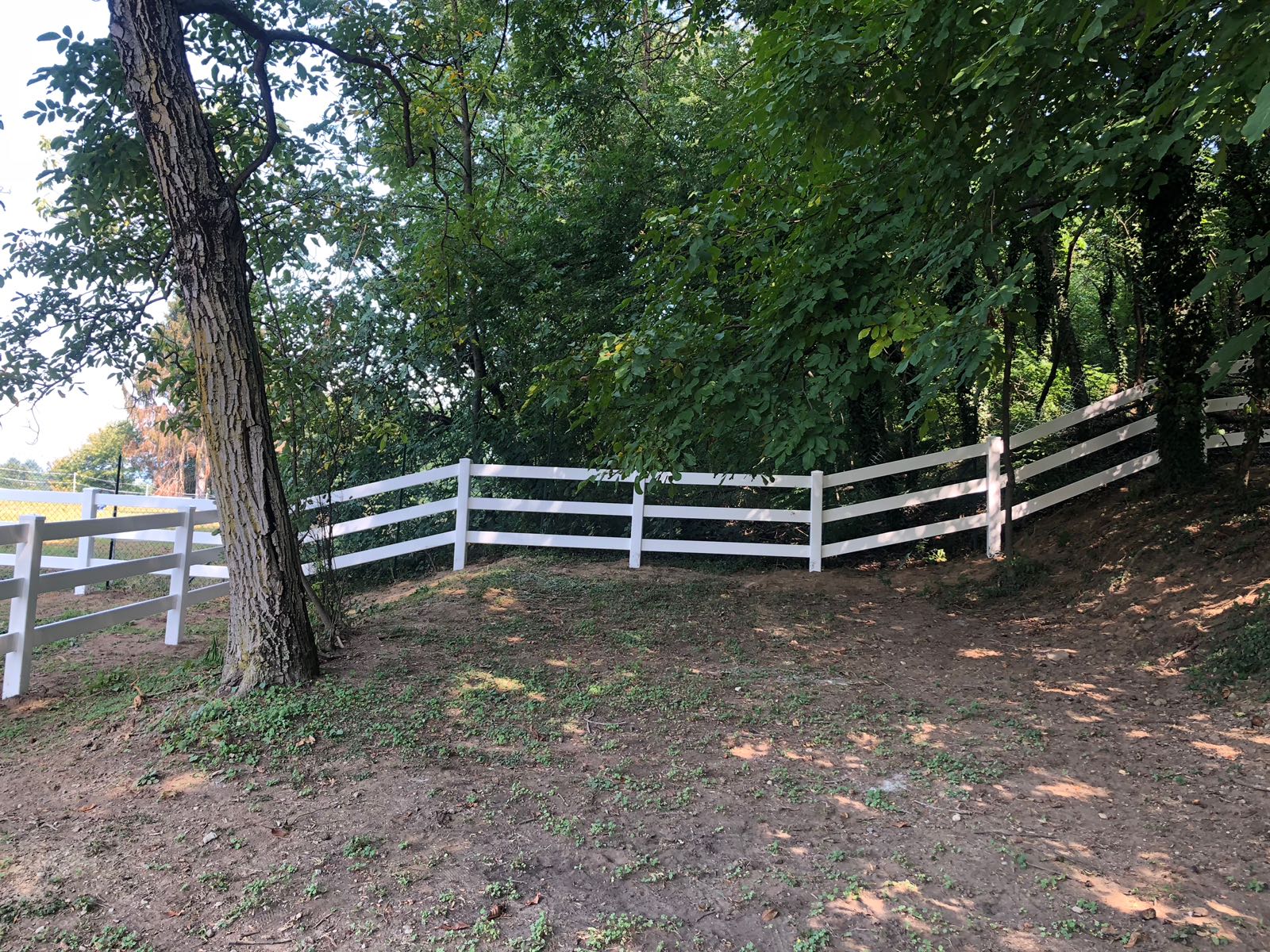

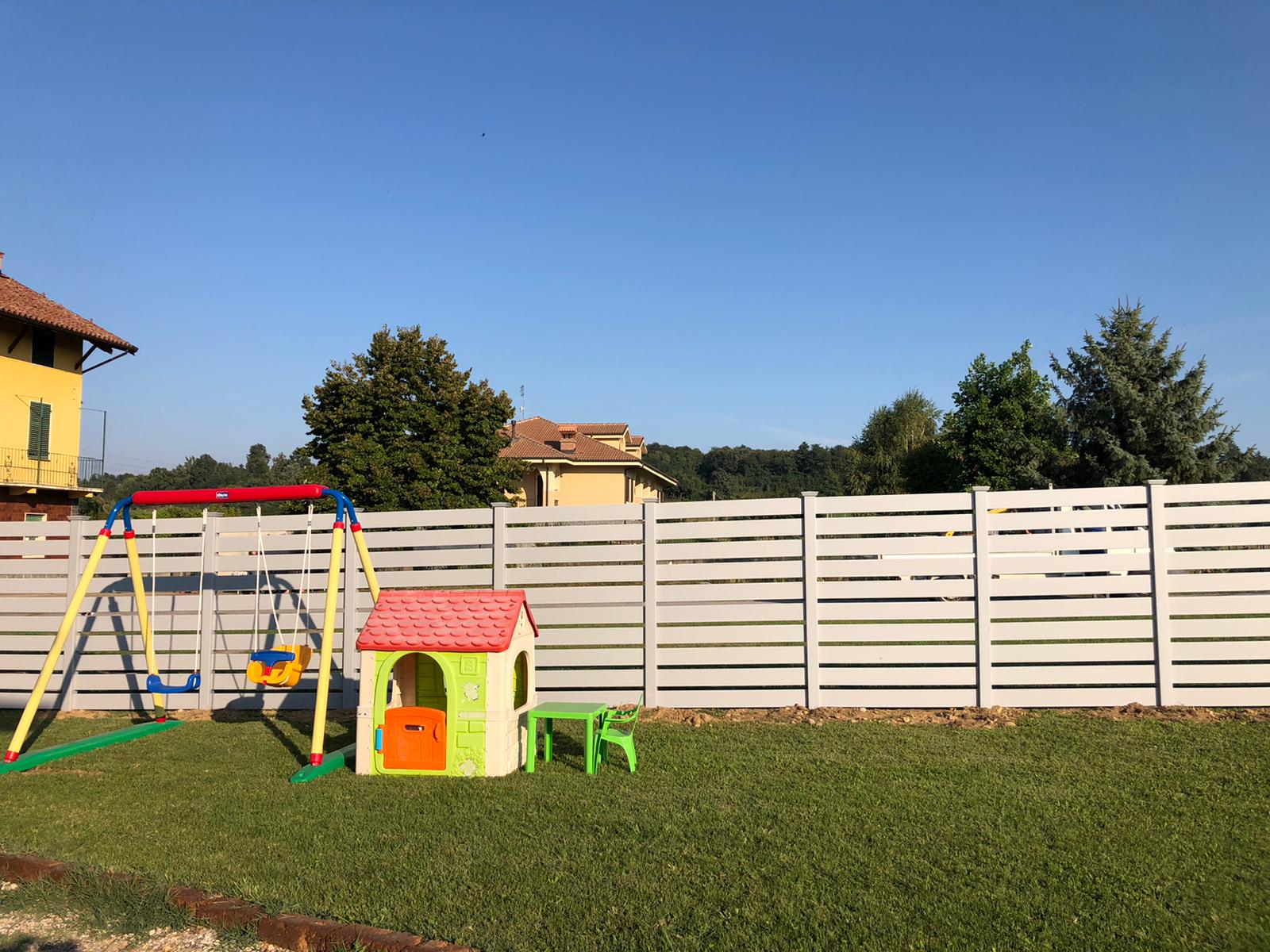

Leave A Comment